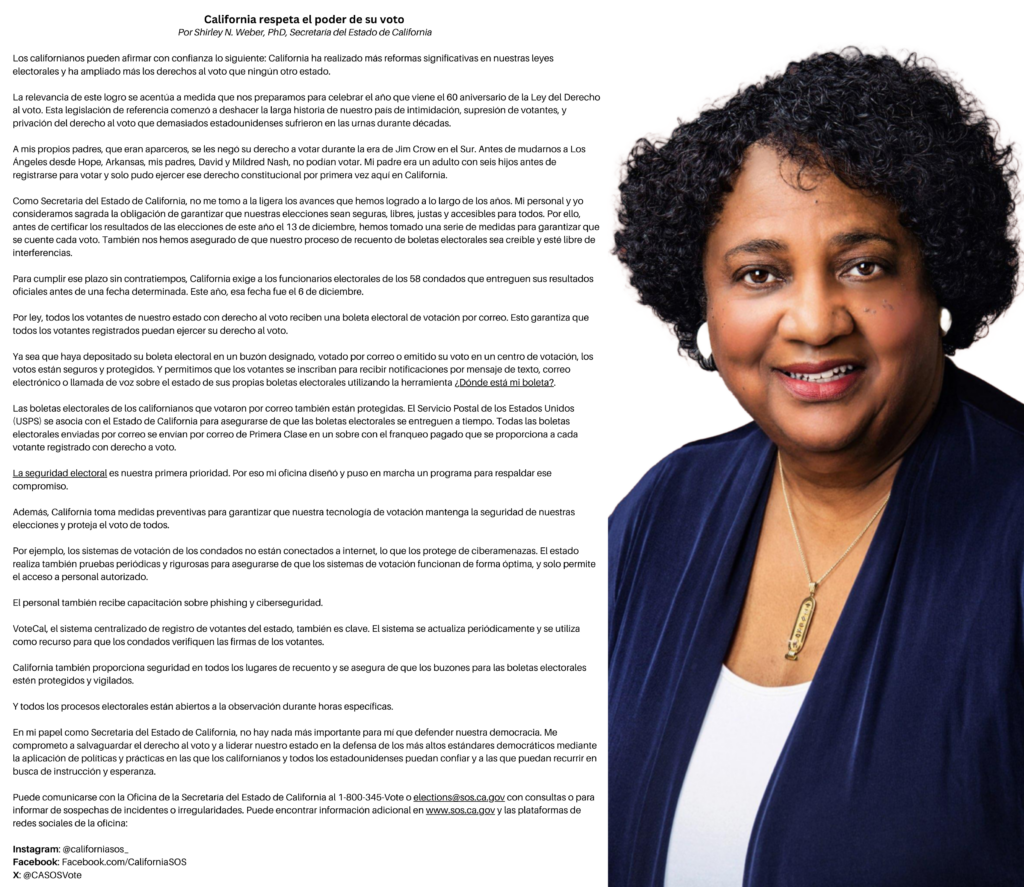Including community’s input vital in achieving successful clean energy transition
3 min read
Last session, California’s State Legislators voted to move California to 100 percent carbon-free energy. While national attention has shifted on the dire situation the National Climate Assessment Report foretells, right now, here, in the Inland Empire, nearly a third of our days registered poor air quality; thus, reducing pollutants with clean energy is of critical importance to the health of our communities. But how we approach that effort will be important to our region’s economic health as well.
When I think about the future of clean energy in the Inland Empire, I think about the people. I think about Pat, a lifelong San Bernardino resident who suffered for years through the region’s increasingly hot summers because she couldn’t afford to turn on her air conditioning. After my organization installed a solar electric system on her home through a state incentive program, she got not just clean power, but much-needed relief from the summer’s heat. I think of Pancho, who after being laid off from his job at a casino, got training in solar through the same state-funded program and was able to start a whole new career.
What Pat and Pancho show us is that smart people-first policies can address pollution and provide economic opportunities at the same time. We can clean up the air at the same time that we reduce energy bills for grandmothers and provide jobs for our youth. We’re already starting to do this with solar through programs like the Single-family Affordable Solar Homes program that helped Pat and Pancho, and SOMAH, the state’s newest program to bring solar to tenants of multifamily affordable housing, and seeing the positive impact it’s having on people’s lives around the region and the state. What more can we do, and how?
For starters, we can ask Pat and Pancho. It’s the day-to-day lived experiences of our residents, their ideas and their leadership, that will drive real solutions. It’s the families in Mira Loma Village, where children are suffering from asthma and reduced lung capacity from diesel fumes, whose voices should inform our transportation policies. It’s the folks getting laid off from heavy industry and fossil fuel development whose ideas and passions should inform our workforce development programs. Only by actively listening to and engaging with our communities can we begin to find solutions that truly benefit everyone.
The new Inland Economic Growth & Opportunity (IEGO) initiative is a great example of this model at work. Private- and public-sector leaders and community stakeholders from Riverside and San Bernardino Counties are coming together to identify priority sectors for investment, like solar, that can improve our economy, offer opportunities for youth and those facing un- an underemployment, and make residents’ lives better.
Moving away from fossil fuels and towards renewable energy sources is non-negotiable when it comes to improving the health and vitality of our communities, and SB100 is putting us on the right path. Now it’s up to us to make sure we’re embarking on the transition in a way that will lift everyone. Making space for the voices of our community members in the process, and honoring that leadership, is one of the most important things our policymakers can do to achieve a truly successful clean energy transition.
Bambi Tran is the Executive Director for GRID Alternatives in the Inland Empire.






Subscribe
To Our Newsletter
Join our mailing list to receive our Weekly Wrap of top stories, each week.
Thank you for the support!
You have Successfully Subscribed!
Colton Courier - El Chicano - Rialto Record